What Type Of Flour Is Used For Pai Bao Bread? Pai Bao, a delightfully soft and fluffy bread, requires a specific type of flour to achieve its signature texture, and understanding the role of different flours can significantly elevate your baking results. Discover expert guidance on selecting the right flour and achieving baking success at WHAT.EDU.VN. Explore flour selection, bread recipes, and baking techniques.
1. Understanding Pai Bao Bread and Its Texture
Pai Bao, often referred to as Taiwanese milk bread, is celebrated for its incredibly soft, airy, and slightly sweet characteristics. This bread is known for its fine, even crumb and a unique stringy texture that allows it to be easily pulled apart. The key to achieving this texture lies in the ingredients and techniques used, with flour playing a pivotal role.
2. The Primary Flour: Bread Flour
The most common and highly recommended flour for making Pai Bao bread is bread flour. Bread flour is a high-protein flour, typically containing between 12% and 14% protein. This high protein content is crucial for developing gluten, which provides the elasticity and structure needed for the bread to rise properly and achieve its characteristic texture.
2.1. Why Bread Flour Works Best
- High Gluten Development: The protein in bread flour forms gluten when mixed with water and kneaded. Gluten creates a network that traps gases produced by yeast, allowing the dough to rise.
- Elasticity and Structure: Gluten provides the dough with the necessary elasticity and structure to hold its shape during baking. This results in a loaf that is both tall and airy.
- Chewy Texture: The well-developed gluten contributes to the slightly chewy texture that is characteristic of Pai Bao bread.
3. The Role of Protein Content in Flour
Understanding the protein content of different flours is essential for selecting the right one for Pai Bao. Here’s a comparison:
| Flour Type | Protein Content | Uses |
|---|---|---|
| Bread Flour | 12-14% | Breads, pizza dough, rolls |
| All-Purpose Flour | 9-11% | Cakes, cookies, pastries, general baking |
| Pastry Flour | 8-9% | Tender pastries, cakes, biscuits |
| Cake Flour | 6-8% | Delicate cakes, muffins |
| Whole Wheat Flour | 13-14% | Whole wheat breads, muffins, and other baked goods |
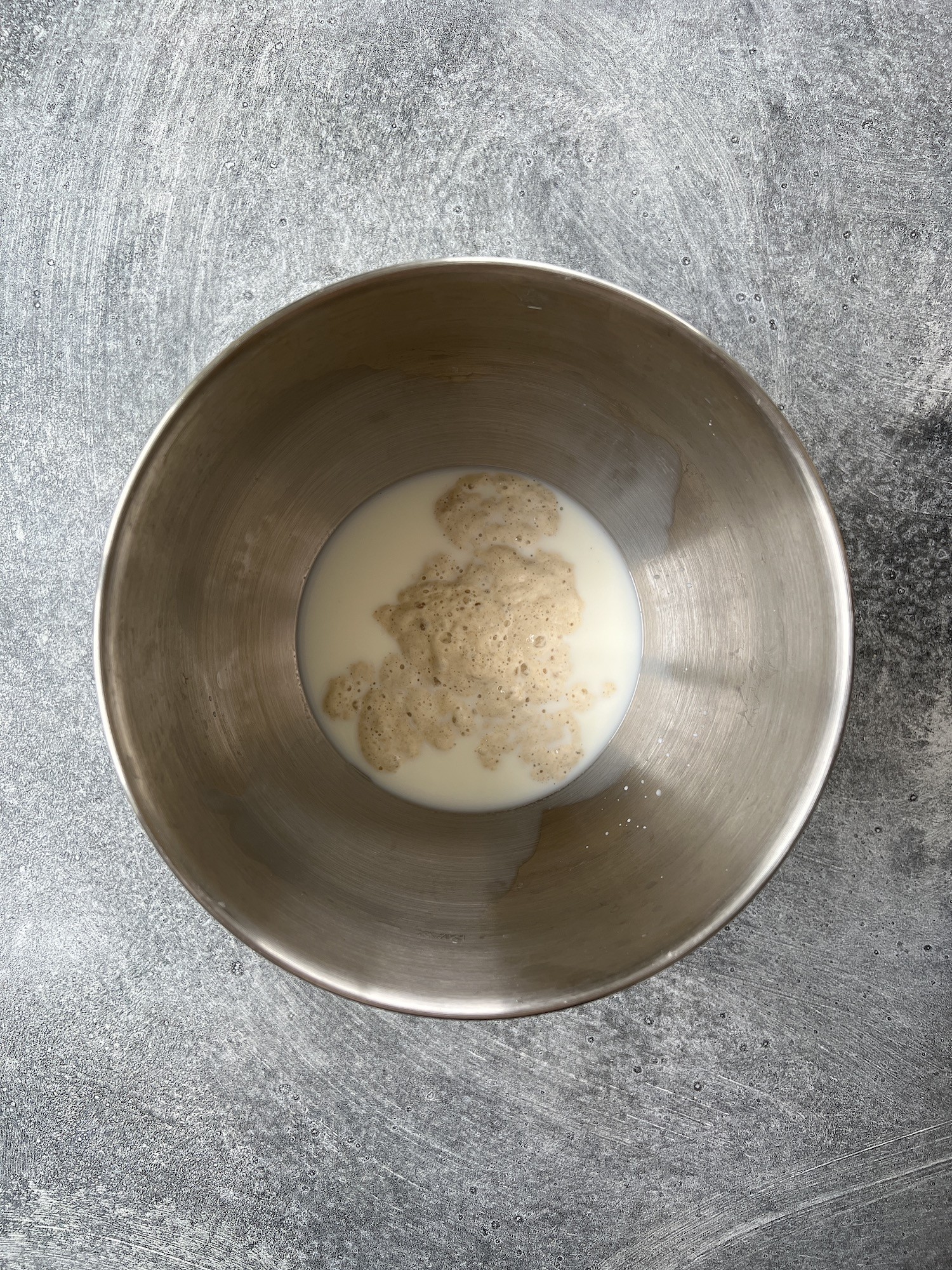
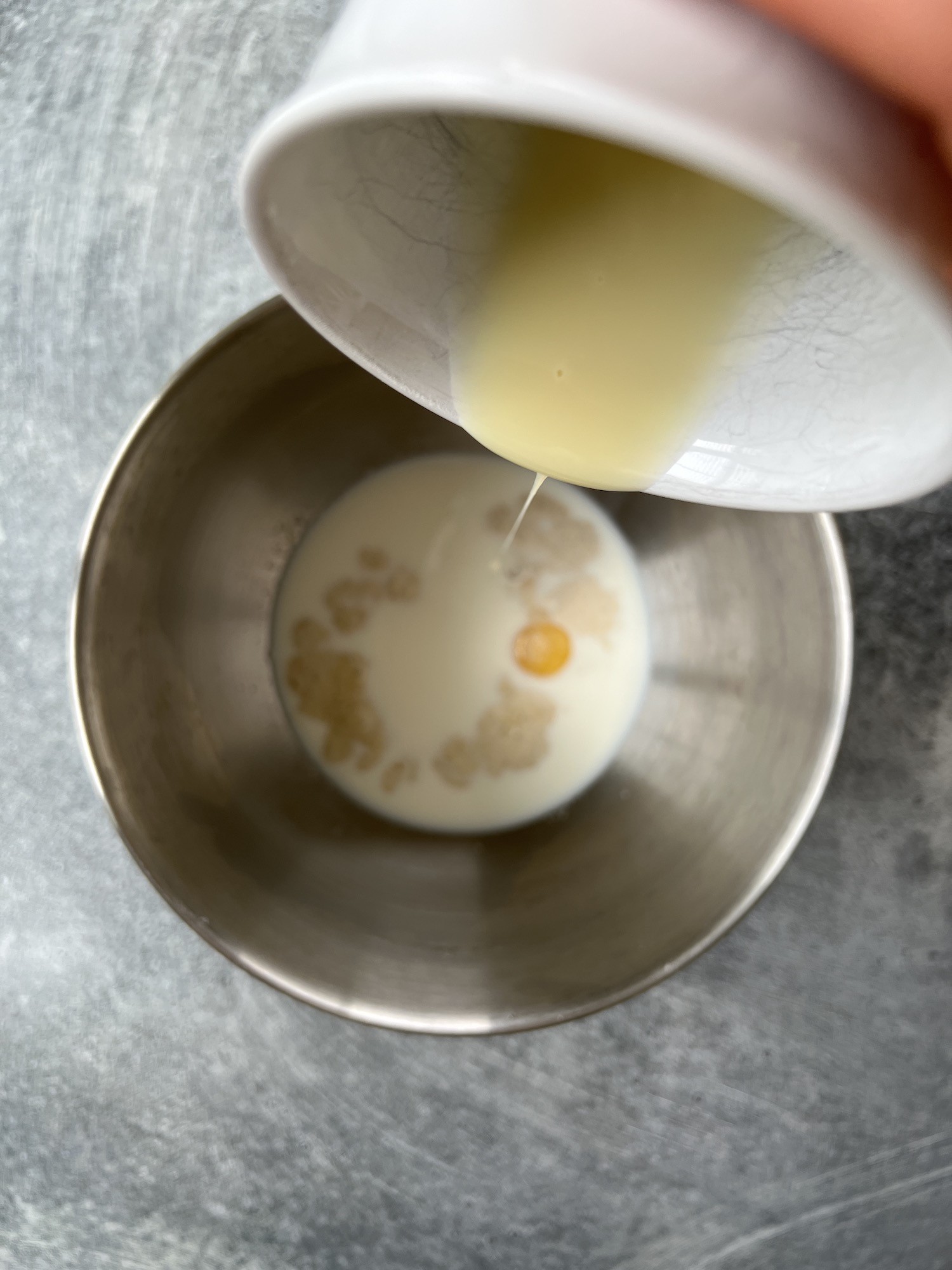
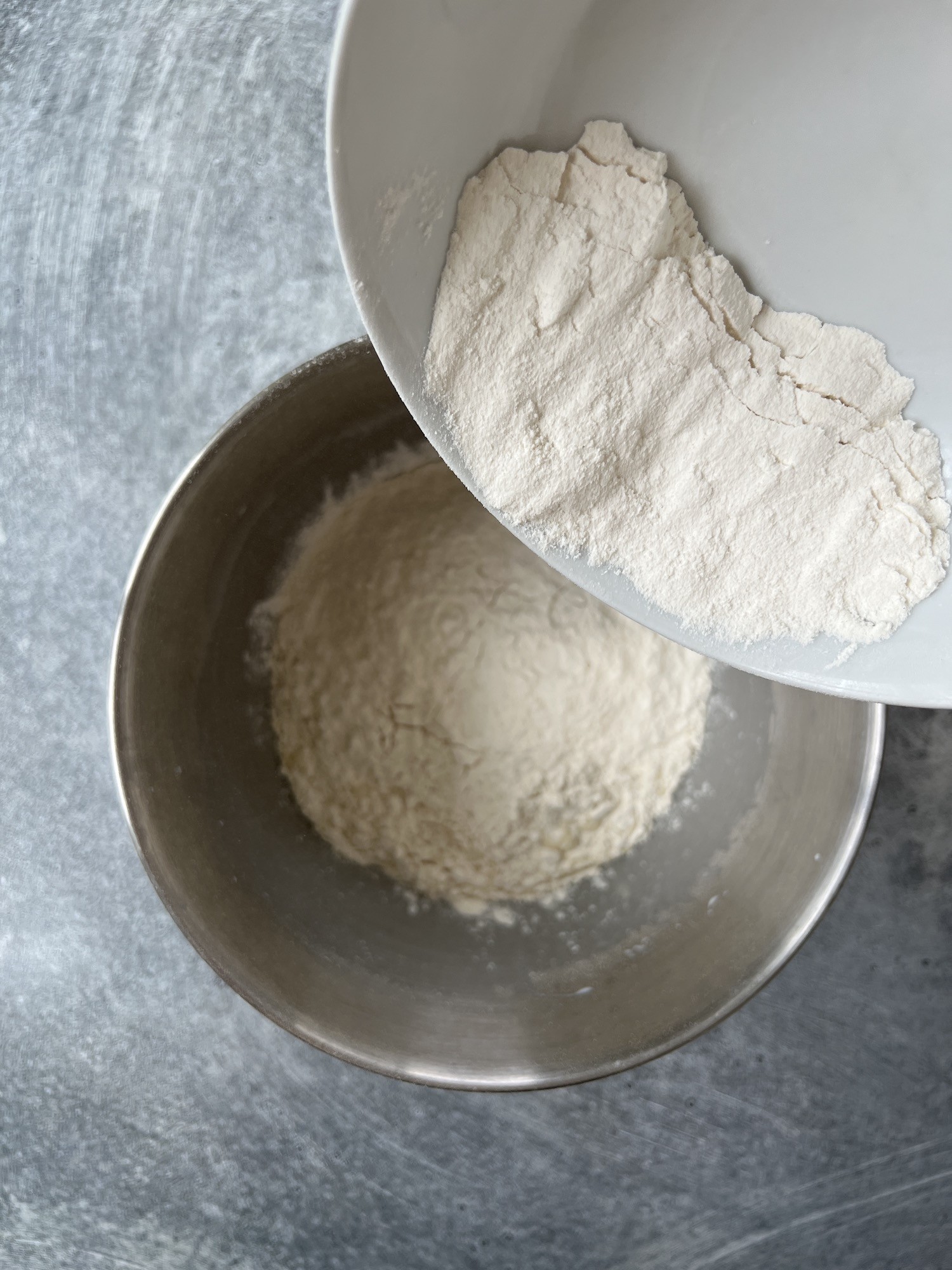
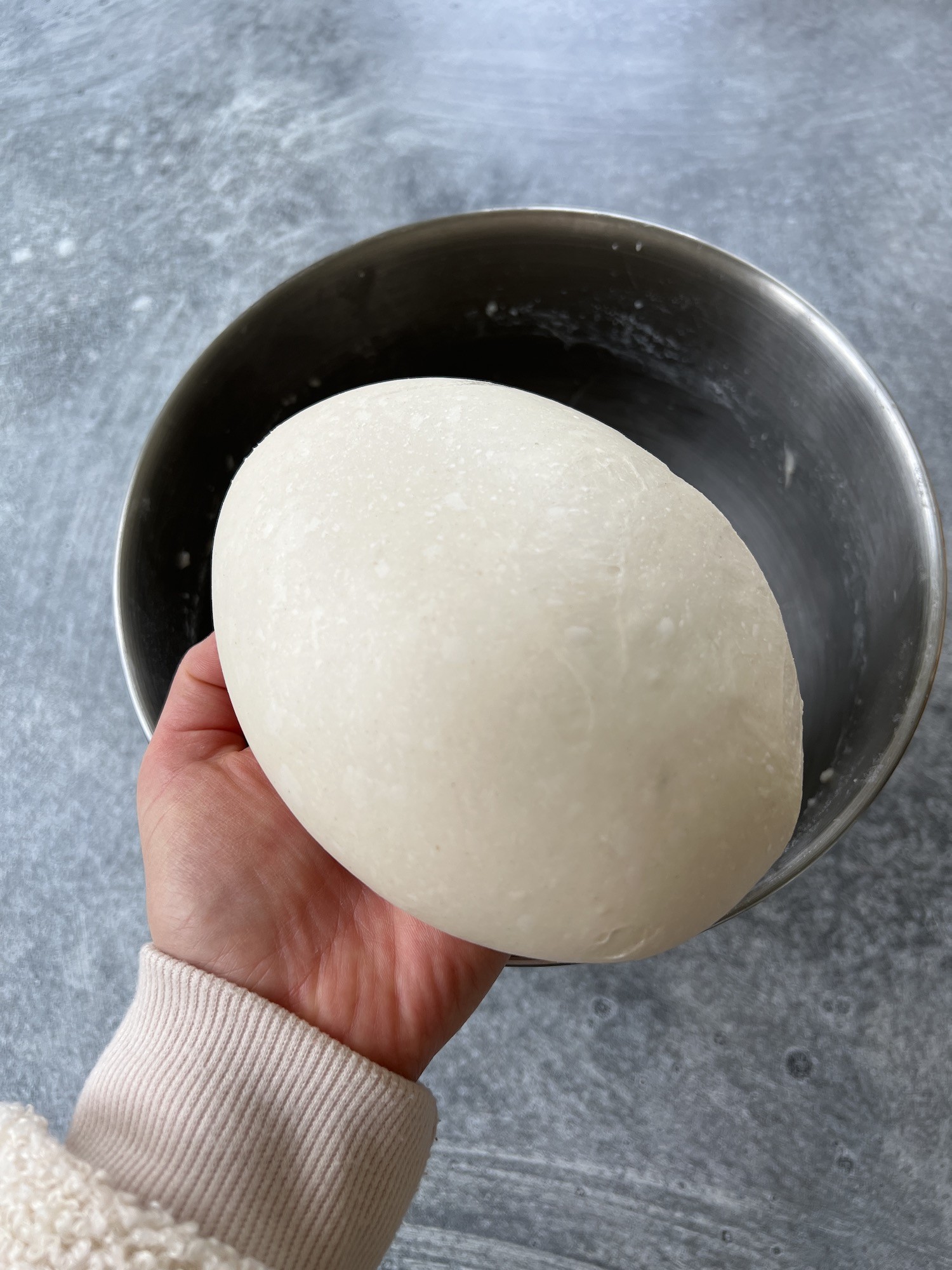
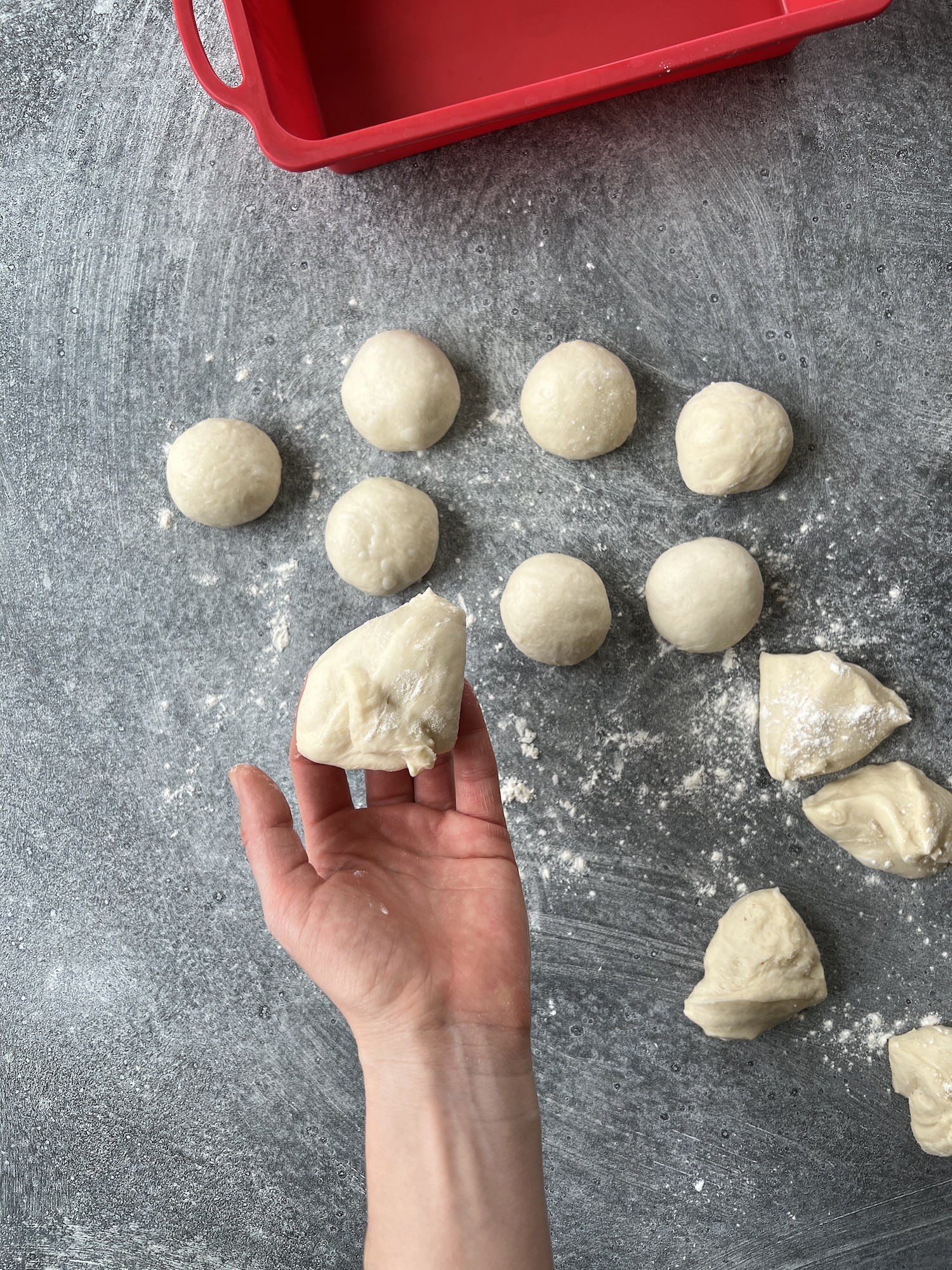
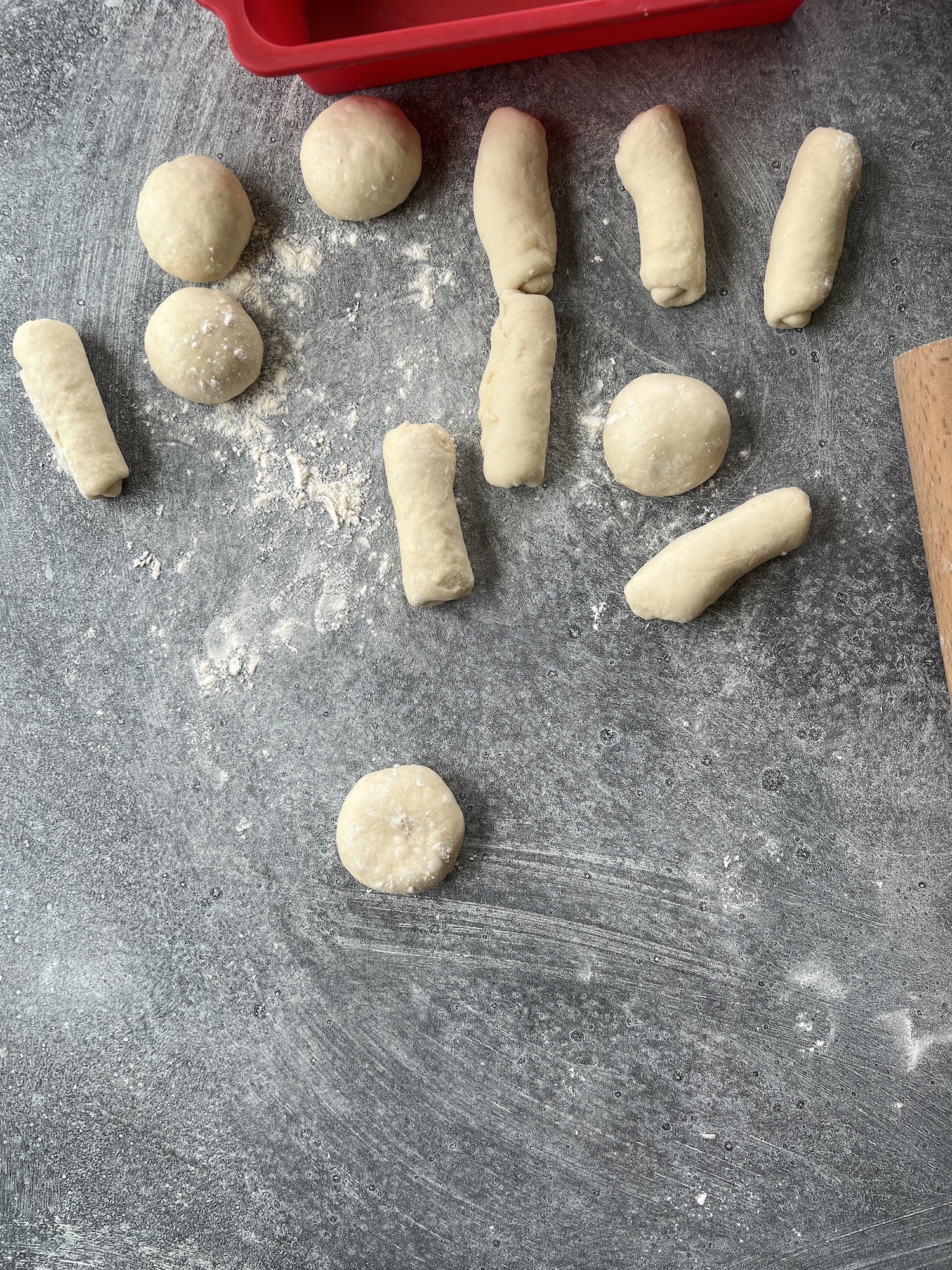
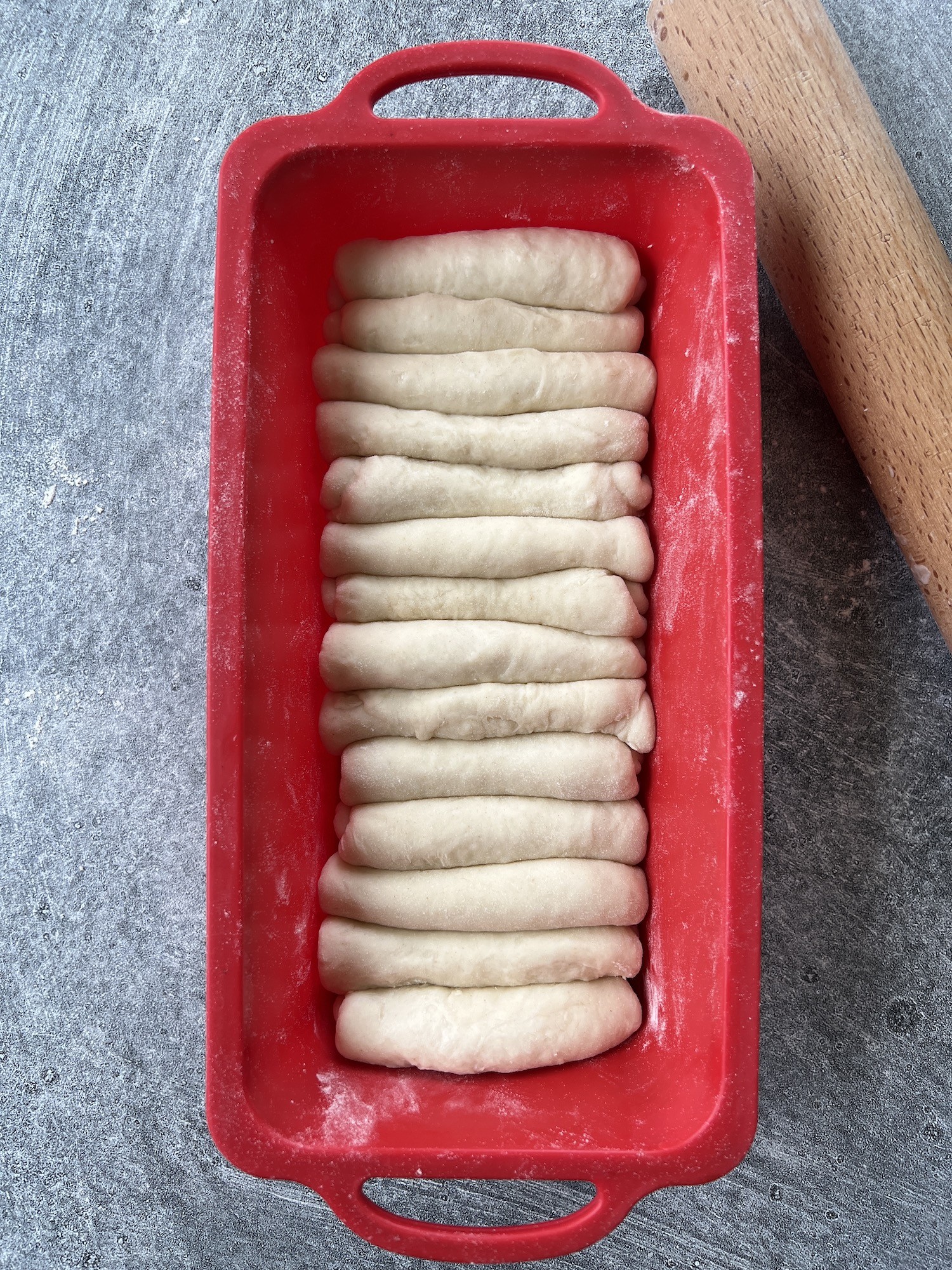
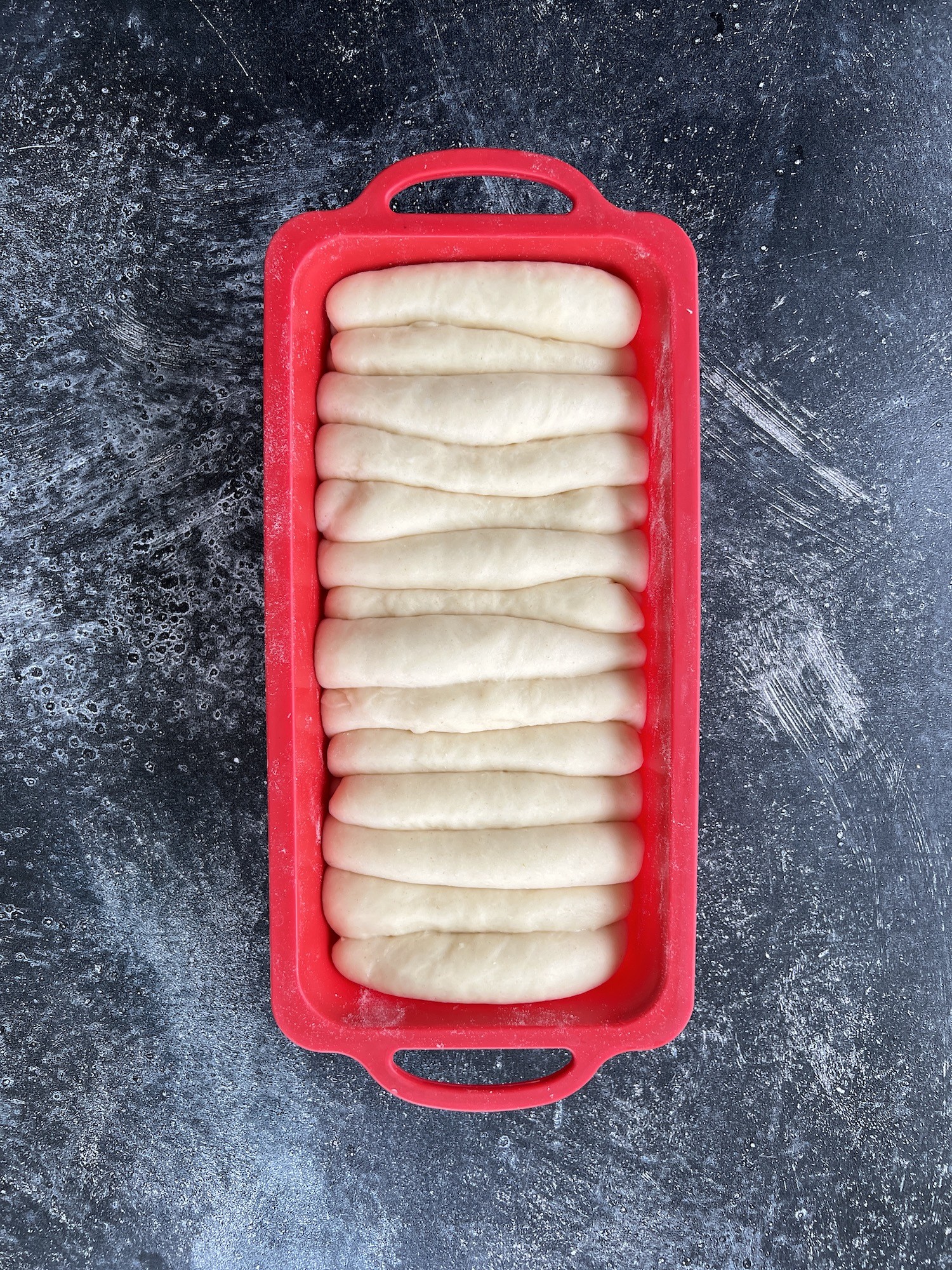
As you can see, bread flour has the highest protein content among these common types, making it the best choice for Pai Bao.
4. How to Identify Bread Flour
When purchasing flour, look for labels that specifically state “bread flour.” These flours are often unbleached and may be enriched with vitamins and minerals. Some brands also specify that their flour is suitable for bread machines, which is a good indicator of its high protein content.
4.1. Checking the Label
Always check the nutritional information on the flour package. The protein content is usually listed per serving. Look for flours that have at least 4 grams of protein per 30 grams (approximately 1/4 cup) serving.
5. Alternatives to Bread Flour
While bread flour is the ideal choice, there are situations where you might need to use an alternative. Here are a few options, along with considerations for each:
5.1. All-Purpose Flour
All-purpose flour can be used as a substitute for bread flour in Pai Bao, but it will result in a slightly less airy and chewy texture. To compensate for the lower protein content, you can try the following:
- Add Vital Wheat Gluten: Vital wheat gluten is a concentrated form of wheat protein. Adding about 1-2 teaspoons of vital wheat gluten per cup of all-purpose flour can help increase the protein content and improve the bread’s texture.
- Knead Longer: Kneading the dough for a longer period can help develop the gluten more fully, even with lower protein flour.
5.2. High-Gluten Flour
High-gluten flour is another option, though it may be less readily available. This type of flour has an even higher protein content than bread flour, typically around 14-15%. Using high-gluten flour can result in an exceptionally chewy and structured loaf.
5.3. Combining Flours
Some bakers prefer to combine different types of flour to achieve the desired texture. For example, you could mix all-purpose flour with a small amount of bread flour or high-gluten flour. Experimenting with different ratios can help you find the perfect balance for your taste.
6. The Tangzhong Method and Flour
The Tangzhong method is a key technique used in making Pai Bao bread. This involves cooking a portion of the flour with liquid (usually milk or water) to create a thick, pudding-like paste. This pre-gelatinizes the starch in the flour, allowing it to absorb more water.
6.1. How Tangzhong Affects Flour
- Increased Water Absorption: The Tangzhong method allows the flour to absorb significantly more water, resulting in a softer and more moist bread.
- Enhanced Gluten Development: The hydrated flour helps in the development of gluten during kneading, leading to a more elastic and extensible dough.
- Improved Shelf Life: Bread made with the Tangzhong method tends to stay fresher for longer due to the increased moisture content.
6.2. Flour Choice for Tangzhong
Generally, the same type of flour used in the main dough is also used for the Tangzhong. So, for Pai Bao, bread flour is typically used in the Tangzhong as well.
7. Sourdough Starter and Flour Choice
Many Pai Bao recipes incorporate a sourdough starter to enhance the flavor and texture of the bread. The sourdough starter itself is made from flour and water, fermented over time to create a culture of wild yeasts and bacteria.
7.1. Flour for Sourdough Starter
- Bread Flour: Bread flour is an excellent choice for feeding and maintaining a sourdough starter, as its high protein content promotes vigorous fermentation.
- Whole Wheat Flour: Some bakers also use whole wheat flour in their sourdough starter to add complexity and nutrients.
7.2. Impact on Pai Bao
Using a sourdough starter in Pai Bao contributes to:
- Enhanced Flavor: The fermentation process produces organic acids that give the bread a subtle tangy flavor.
- Improved Texture: Sourdough can improve the extensibility of the dough, resulting in a more open and airy crumb.
- Increased Shelf Life: The acidity of sourdough acts as a natural preservative, helping to extend the bread’s shelf life.
8. Step-by-Step Pai Bao Recipe Using Bread Flour
Here’s a detailed recipe to guide you in making Pai Bao bread using bread flour:
8.1. Ingredients
Sourdough Starter
- 7g sourdough starter
- 35g water
- 35g bread flour
Tangzhong
- 20g bread flour
- 100g milk
Dough
- 370g bread flour
- 70g sourdough starter
- 200g milk
- 65g sugar
- 1 egg yolk
- 12g dry milk powder
- 30g sweetened condensed milk
- 8g salt
- 40g soft unsalted butter
- 1g of instant dry yeast (optional)
Shiny Glaze
- 1 tbsp honey
- 1 tbsp water
8.2. Instructions
Day 1
- Prepare the Sourdough Starter:
- At 10 pm, add the starter to the water and whisk together.
- Add flour, mix well, cover loosely, and let it sit at room temperature (74-78F) for about 8-10 hours until it at least triples in volume.
- Make the Tangzhong:
- Mix flour and milk in a saucepan.
- Cook over medium heat, continuously mixing until a thick paste forms.
- Cover and let it cool down before using in the dough.
Day 2
- Prepare the Dough:
- At 8 am, in a mixer bowl, add milk, sourdough starter, Tangzhong, dry instant yeast (if using), sugar, dry milk powder, egg yolk, and sweetened condensed milk. Whisk all together.
- Add flour and mix until no dry flour remains.
- Knead the Dough:
- Start mixing the dough on low speed for 2-3 minutes, or on speed 3 for 3-4 minutes until well incorporated.
- Add salt and mix for a couple more minutes until the dough starts to form a ball.
- Add soft butter and mix for 10-15 more minutes on high speed until the dough is well incorporated, comes together, and the mixing bowl becomes clean.
- First Proof:
- Cover and let the dough proof for 3-4 hours at 76-80F/24-28C.
- During that time, perform 2 stretches and folds. The dough should become puffy.
- Cold Fermentation:
- Between 11 pm and 12 pm, transfer the dough to the fridge for cold fermentation until the evening (for 8-9 hours).
- Shaping the Dough:
- At 9 pm, remove the dough from the fridge and divide it into 16 pieces (about 55g each).
- Round each piece into a ball, let rest covered for 5-7 minutes.
- Roll each ball into a strip and then roll each strip into a tight roll.
- Second Proof:
- Place the rolls into a loaf pan tightly and cover the dough.
- Let it proof overnight (for 8-9 hours) at 70-72F/20-22C until it doubles in volume.
Day 3
-
Baking:
- At 7 am, preheat the oven to 375F.
- Bake the Pai Bao bread for 15 minutes, then lower the temperature to 350F and bake for another 12-14 minutes until golden brown.
-
Shiny Glaze:
- While the bread is baking, prepare the shiny glaze by mixing 1 tbsp of honey and 1 tbsp of water.
-
Finishing Touches:
- Remove the bread from the oven and spread the shiny glaze on top while it is still hot.
-
Cool and Enjoy:
- Let your Pai Bao cool down and enjoy its soft, stringy texture and delicious flavor.
9. Troubleshooting Common Issues
Even with the best recipe, baking can sometimes be challenging. Here are some common issues and how to troubleshoot them:
| Issue | Possible Cause | Solution |
|---|---|---|
| Bread doesn’t rise | Yeast is inactive | Check the expiration date of the yeast; ensure the water isn’t too hot or too cold. |
| Dough is too sticky | Too much liquid | Gradually add more flour until the dough reaches the desired consistency. |
| Bread is too dense | Not enough gluten development | Knead the dough for a longer period; add vital wheat gluten if using all-purpose flour. |
| Bread is too dry | Overbaking | Reduce baking time; check the oven temperature with an external thermometer. |
| Uneven baking | Hot spots in the oven | Rotate the bread halfway through baking; use an oven thermometer to monitor the temperature. |
| Crust is too dark | Oven temperature is too high | Lower the oven temperature; cover the bread loosely with foil during the last part of baking. |
| Bread collapses after baking | Insufficient structure due to under-baking | Ensure the internal temperature reaches the recommended level; let the bread cool completely before slicing. |
10. Storing Pai Bao Bread
To keep your Pai Bao bread fresh for as long as possible, follow these storage tips:
- Cool Completely: Allow the bread to cool completely before storing it. This prevents condensation, which can lead to mold.
- Wrap Tightly: Wrap the bread tightly in plastic wrap or place it in an airtight container.
- Room Temperature: Store the bread at room temperature for up to 3 days.
- Freezing: For longer storage, freeze the bread. Slice it before freezing for easier thawing. It can be frozen for up to 2-3 months.
11. Variations and Additions
Once you’ve mastered the basic Pai Bao recipe, you can experiment with different variations and additions to customize the flavor and texture:
- Sweet Fillings: Add sweet fillings such as custard, chocolate, or fruit jam before shaping the dough.
- Savory Fillings: Incorporate savory fillings like cheese, ham, or herbs for a different twist.
- Different Flours: Try using a portion of whole wheat flour for a nuttier flavor and added fiber.
- Spices: Add spices such as cinnamon, cardamom, or nutmeg to the dough for a warm and aromatic bread.
12. Expert Tips for Baking Pai Bao
Here are some expert tips to help you achieve the best possible results when baking Pai Bao bread:
- Use a Digital Scale: For accurate measurements, use a digital scale to weigh the ingredients. This is especially important for flour, as volume measurements can vary.
- Control Dough Temperature: Pay attention to the dough temperature throughout the process. Use a thermometer to ensure it stays within the recommended range.
- Proper Kneading: Knead the dough thoroughly to develop the gluten. The dough should be smooth, elastic, and slightly tacky.
- Patience is Key: Allow the dough to proof properly. Don’t rush the process, as this can affect the texture of the bread.
- Oven Calibration: Ensure your oven is properly calibrated. Use an oven thermometer to check the temperature.
- Shiny Glaze: Don’t skip the shiny glaze. It adds a beautiful sheen and a touch of sweetness to the bread.
13. Exploring Other Types of Flour
While bread flour is the star for Pai Bao, understanding other flour types can expand your baking horizons. Each flour has unique properties that make it suitable for different applications.
13.1. Cake Flour
Cake flour has the lowest protein content and is finely milled. It’s ideal for creating tender and delicate cakes, as it produces minimal gluten.
13.2. Pastry Flour
Pastry flour has a slightly higher protein content than cake flour but is still lower than all-purpose flour. It’s used for making flaky pastries, biscuits, and cookies.
13.3. Whole Wheat Flour
Whole wheat flour includes the bran, germ, and endosperm of the wheat kernel. It has a higher protein and fiber content than white flours, resulting in denser and more nutritious baked goods.
13.4. Rye Flour
Rye flour is made from rye grain and has a distinct flavor. It’s often used in breads and crackers and can be combined with wheat flour for a balanced texture.
13.5. Gluten-Free Flours
For those with gluten sensitivities, there are many gluten-free flour options available, such as:
- Almond Flour: Made from ground almonds, it’s low in carbohydrates and high in protein and healthy fats.
- Coconut Flour: Made from dried coconut meat, it’s high in fiber and has a slightly sweet flavor.
- Rice Flour: Made from ground rice, it’s a versatile option that can be used in various baked goods.
- Tapioca Flour: Made from the cassava root, it’s used as a thickener and can add a chewy texture to gluten-free baked goods.
14. Understanding Flour Milling Process
The milling process affects the properties of flour. Understanding how flour is milled can help you make informed choices when selecting flour for your baking needs.
14.1. Different Milling Methods
- Stone-Ground: This traditional method uses millstones to grind the wheat. It produces flour that retains more of the wheat’s nutrients and flavor.
- Roller-Milled: This modern method uses steel rollers to separate the different parts of the wheat kernel. It produces flour that is more consistent and has a longer shelf life.
14.2. Bleached vs. Unbleached Flour
- Bleached Flour: Treated with chemicals to whiten the flour and improve its baking properties.
- Unbleached Flour: Naturally whitens over time through oxidation. It has a slightly different flavor and texture than bleached flour.
15. Health Benefits of Different Flours
Different flours offer different health benefits. Incorporating a variety of flours into your diet can provide a range of nutrients.
15.1. Nutritional Profiles
- Whole Wheat Flour: High in fiber, vitamins, and minerals.
- Almond Flour: Low in carbohydrates, high in protein and healthy fats.
- Coconut Flour: High in fiber and has a slightly sweet flavor.
15.2. Incorporating Healthy Flours
Experiment with incorporating different types of flour into your baking to boost the nutritional content of your baked goods.
16. Pai Bao Variations Around the World
Pai Bao, while often associated with Taiwanese cuisine, has variations in different parts of the world. Each variation reflects local ingredients and culinary traditions.
16.1. Regional Differences
- Japan: Similar to Pai Bao, Japanese milk bread (Shokupan) is known for its incredibly soft and fluffy texture.
- China: Chinese variations may include different fillings and flavors, such as red bean paste or taro.
- Southeast Asia: Variations in countries like Vietnam and Thailand may incorporate local ingredients like pandan or coconut.
16.2. Adapting Recipes
Experiment with adapting Pai Bao recipes to incorporate local ingredients and flavors. This can result in unique and delicious variations.
17. Common Baking Terms Explained
Understanding common baking terms can help you follow recipes more accurately and improve your baking skills.
17.1. Glossary of Terms
- Proofing: Allowing dough to rise.
- Kneading: Working dough to develop gluten.
- Folding: Gently incorporating ingredients into a mixture.
- Laminating: Creating layers of dough and butter for pastries.
- Scoring: Making cuts on the surface of bread before baking.
17.2. Importance of Terminology
Accurate terminology ensures clear communication and understanding in baking.
18. Tools and Equipment for Baking Pai Bao
Having the right tools and equipment can make baking Pai Bao easier and more enjoyable.
18.1. Essential Tools
- Mixing Bowls: For mixing ingredients.
- Digital Scale: For accurate measurements.
- Measuring Cups and Spoons: For measuring ingredients.
- Dough Scraper: For handling dough.
- Loaf Pan: For baking the bread.
- Oven Thermometer: For monitoring oven temperature.
18.2. Investing in Quality Equipment
Investing in high-quality tools and equipment can improve your baking results and last longer.
19. Advanced Baking Techniques
Once you’ve mastered the basics, you can explore advanced baking techniques to elevate your Pai Bao bread.
19.1. Autolyse
The autolyse technique involves mixing flour and water and letting it rest before adding other ingredients. This hydrates the flour and promotes gluten development.
19.2. Cold Fermentation
Cold fermentation involves refrigerating the dough for an extended period. This slows down the fermentation process and develops complex flavors.
19.3. Pre-Ferments
Pre-ferments like poolish and biga involve fermenting a portion of the flour and water before adding it to the main dough. This enhances the flavor and texture of the bread.
20. The Science Behind Baking
Understanding the science behind baking can help you troubleshoot issues and improve your recipes.
20.1. Chemical Reactions
- Maillard Reaction: The reaction between amino acids and reducing sugars that gives baked goods their color and flavor.
- Caramelization: The browning of sugars at high temperatures.
20.2. Role of Ingredients
Understanding the role of each ingredient in baking can help you make informed decisions when adjusting recipes.
21. Baking for Special Diets
Adapting Pai Bao recipes for special diets can make this delicious bread accessible to everyone.
21.1. Gluten-Free Adaptations
Use gluten-free flour blends and binding agents to create a gluten-free version of Pai Bao.
21.2. Vegan Adaptations
Substitute dairy milk with plant-based milk and use vegan butter alternatives to create a vegan version of Pai Bao.
21.3. Low-Sugar Adaptations
Reduce the amount of sugar in the recipe and use sugar substitutes to create a low-sugar version of Pai Bao.
22. Perfecting Your Baking Skills
Continuous learning and practice are key to perfecting your baking skills.
22.1. Resources for Learning
- Online Courses: Take online baking courses to learn new techniques and recipes.
- Baking Books: Read baking books to deepen your knowledge of baking science and techniques.
- Baking Communities: Join online baking communities to share tips and ask questions.
22.2. Practice and Experimentation
The more you bake, the better you will become. Don’t be afraid to experiment with different recipes and techniques.
23. Baking as a Hobby
Baking can be a rewarding and enjoyable hobby.
23.1. Benefits of Baking
- Stress Relief: Baking can be a therapeutic activity that helps reduce stress.
- Creativity: Baking allows you to express your creativity and experiment with flavors and textures.
- Sharing: Baking is a great way to share your creations with friends and family.
23.2. Making Baking a Part of Your Routine
Incorporate baking into your weekly routine to enjoy the benefits of this rewarding hobby.
24. Baking with Kids
Baking with kids can be a fun and educational activity for the whole family.
24.1. Kid-Friendly Recipes
Choose simple recipes that kids can easily participate in.
24.2. Teaching Baking Basics
Teach kids basic baking skills, such as measuring ingredients and mixing dough.
24.3. Making Memories
Baking with kids can create lasting memories and foster a love of cooking.
25. Conclusion: Elevate Your Pai Bao with the Right Flour
In summary, bread flour is the best choice for making Pai Bao bread due to its high protein content, which promotes excellent gluten development and results in the desired soft, airy, and chewy texture. Understanding the properties of different flours and techniques like the Tangzhong method and sourdough fermentation can help you elevate your baking skills and create exceptional Pai Bao bread. By following the detailed recipe and tips provided, you can confidently embark on your Pai Bao baking journey.
Are you struggling to perfect your Pai Bao or have more baking questions? Don’t hesitate! Reach out to the experts at WHAT.EDU.VN for free answers and personalized guidance. We’re here to help you achieve baking success every step of the way. Contact us at 888 Question City Plaza, Seattle, WA 98101, United States. Whatsapp: +1 (206) 555-7890. Visit our website WHAT.EDU.VN today!
26. FAQ About Flour for Pai Bao
| Question | Answer |
|---|---|
| Can I use all-purpose flour instead of bread flour for Pai Bao? | Yes, but the texture will be less airy and chewy. Add vital wheat gluten (1-2 tsp per cup) to compensate for lower protein. |
| What is the ideal protein content for bread flour used in Pai Bao? | Bread flour should ideally have a protein content between 12% and 14% for optimal gluten development. |
| Does the Tangzhong method affect the type of flour I should use? | The Tangzhong method typically uses the same type of flour as the main dough, so bread flour is still recommended. |
| Can I mix different types of flour for Pai Bao? | Yes, you can experiment with mixing flours, such as combining bread flour with a small amount of whole wheat flour for added flavor. |
| How does sourdough starter influence the flour choice for Pai Bao? | Sourdough starter is best fed with bread flour or whole wheat flour to promote vigorous fermentation. |
| What are the key characteristics of bread flour that make it suitable? | Bread flour’s high protein content enables strong gluten development, which provides the elasticity and structure needed for Pai Bao’s characteristic soft and chewy texture. |
| Can gluten-free flour be used to make Pai Bao? | Yes, but the recipe needs significant adjustments, including gluten-free flour blends and binding agents like xanthan gum, to mimic the structure provided by gluten. |
| What are the best storage practices for Pai Bao made with bread flour? | Cool completely, wrap tightly in plastic wrap or an airtight container, store at room temperature for up to 3 days, or freeze for longer storage. |
| How do regional variations in Pai Bao affect the flour choice? | Depending on local ingredients and culinary traditions, the choice of flour may vary. Experiment with regional flours to adapt the recipe. |
| Where can I get expert baking advice for Pai Bao recipes? | For free answers and personalized guidance on Pai Bao baking, contact the experts at WHAT.EDU.VN at 888 Question City Plaza, Seattle, WA 98101, United States. Whatsapp: +1 (206) 555-7890 or visit what.edu.vn. |